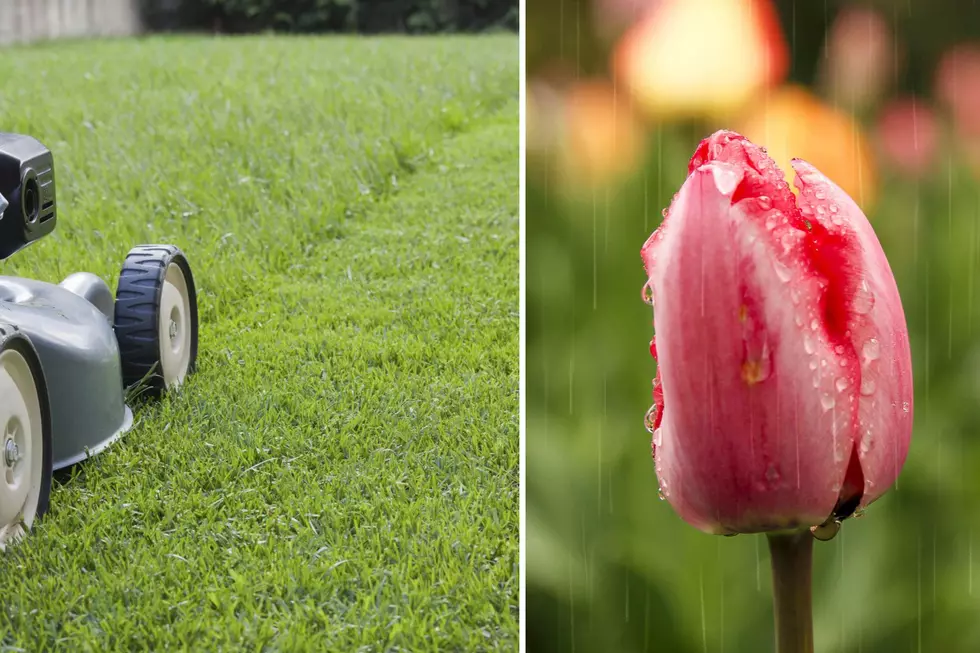
When Should You Seed Your Lawn and Start Planting in New England
Spring is here (despite the April snowstorm), and that means planting new grass seed and laying down some new plants in your gardening beds.
This begs the question I ask myself every year: "When is the right time to seed my lawn?"
The answer is whenever the heck you have time to. No, that is not the real answer, but it is the most realistic answer.
You CAN grow grass in July and August. Trust me, I have done it, but it is certainly not the most optimal time of year. Planting and seeding in July and August will cause your grass to come in patchy with many brown spots. In order for it to be successful that time of year, your water bill will be a second mortgage,
So if you want your lawn to look full and your gardening beds to be blossoming this summer, follow this timeline below.
Most lawn care professionals and websites suggest planting new grass seed right after the ground is thawed.
This is typically around mid-April till the first week of May (latest). This is when the soil becomes workable. The dirt becomes soft from the rain, and it is in the time between rock-hard March lawns and dried-out August lawns.
If you seed too early, you run the risk of cold temps hurting your seed. If you seed too late, you run the risk of the seeds not getting the proper moisture.
This is actually the same timeline for most planting and gardening in New England. According to the Almanac for Gardening and Planting in New England website, most planting occurs around the same time: mid-April.
Planting can come a little later than laying down grass seed, because when you water your plants, you focus on one area (the area where the plant is rooted), whereas grass is grown across a large amount of area, so that soil all needs to be watered and moist.
The bottom line? We are just about to begin the seeding and planting cycle. Get the wheelbarrow ready, prep the hose, and get ready to order your favorite grass and plant seeds.
7 Invasive Insect Species That Can Damage Crops and Other Plants in New Hampshire
Gallery Credit: Kira
What Flowers Thrive in New England
Gallery Credit: Logan
More From 97.5 WOKQ









